Description
Anthraquinone: A Versatile Building Block in Chemistry and Beyond
Anthraquinone, a tricyclic aromatic organic compound, is a fascinating molecule with a rich history and a diverse range of applications. Its chemical formula, C₁₄H₈O₂, belies its versatility, as it serves as a key building block in the synthesis of dyes, pigments, pharmaceuticals, and even plays a role in some industrial processes. Understanding anthraquinone’s structure, properties, and applications illuminates its significance in various fields.
The Structure and Key Properties:
Anthraquinone consists of three fused benzene rings, with two carbonyl (C=O) groups attached to the central ring. This structure imparts several key properties:
- Stability: The aromatic rings contribute significantly to its stability, making it resistant to degradation under normal conditions.
- Color: Anthraquinone itself is typically yellow to pale yellow. However, introducing various substituent groups to its structure can drastically alter its color, leading to a wide range of vibrant dyes.
- Substitutions: The ability to introduce different chemical substituents at various positions on the anthraquinone ring is crucial for tailoring its properties for specific applications.
- Redox Activity: The presence of the carbonyl groups allows anthraquinone to participate in redox reactions, which is important in several of its applications.
A Colorful Legacy: Applications in Dyes and Pigments:
Perhaps the most well-known application of anthraquinone is as a precursor to a vast array of dyes and pigments. Anthraquinone dyes are renowned for their:
- Superior Fastness: They exhibit excellent resistance to fading due to sunlight, washing, and other environmental factors.
- Brilliant Colors: They offer a wide spectrum of vibrant and intense colors.
- Wide Application: Used extensively to dye textiles (especially synthetic fibers), plastics, paints, and inks.
Specific examples of anthraquinone-based dyes include:
- Alizarin: One of the oldest natural dyes, originally extracted from the madder root, but now synthesized from anthraquinone. Alizarin produces a red color.
- Quinizarin: An intermediate in the synthesis of various other dyes.
- Disperse Dyes: Used for dyeing synthetic fibers like polyester and nylon.
The synthesis of these dyes often involves complex chemical reactions to introduce specific substituents onto the anthraquinone molecule, tailoring the resulting color and other properties.
Beyond Color: Other Important Applications:
While dyes and pigments dominate the uses of anthraquinone derivatives, it’s also finding applications in other areas:
- Pharmaceuticals: Certain anthraquinone derivatives possess medicinal properties, including laxative and anticancer effects. Some are used in traditional medicine, although their use requires careful consideration due to potential side effects. Research is ongoing to explore and optimize their therapeutic potential.
- Paper Production: Anthraquinone acts as an additive in the pulping process, accelerating delignification (removing lignin from wood) and improving the quality of the resulting paper.
- Energy Storage: Anthraquinone derivatives are being investigated for their potential use in redox flow batteries. Their ability to accept and donate electrons reversibly makes them promising candidates for energy storage applications.
- Catalysis: Some anthraquinone derivatives act as catalysts in various chemical reactions.
Impact and Future Directions:
Anthraquinone’s impact on various industries is undeniable. From clothing to artwork, its derivatives have provided vibrant colors and durable pigments. Moreover, its burgeoning applications in pharmaceuticals, paper production, and energy storage suggest a promising future.
However, concerns regarding the environmental impact of dye manufacturing, including the potential toxicity of some anthraquinone derivatives and waste generation, are driving research towards:
- Greener Synthesis Methods: Developing more environmentally friendly methods for synthesizing anthraquinone and its derivatives, reducing waste and minimizing the use of hazardous chemicals.
- Sustainable Dyes: Creating anthraquinone-based dyes that are biodegradable and less toxic.
- Expanding Applications: Exploring new applications for anthraquinone in emerging fields such as advanced materials and sustainable energy technologies.
In conclusion, anthraquinone, a seemingly simple molecule, has proven to be a remarkably versatile building block in chemistry. Its past success in the dye industry and its potential for future applications make it a valuable subject for ongoing research and development. As we strive for more sustainable and innovative technologies, anthraquinone and its derivatives will likely continue to play a significant role.

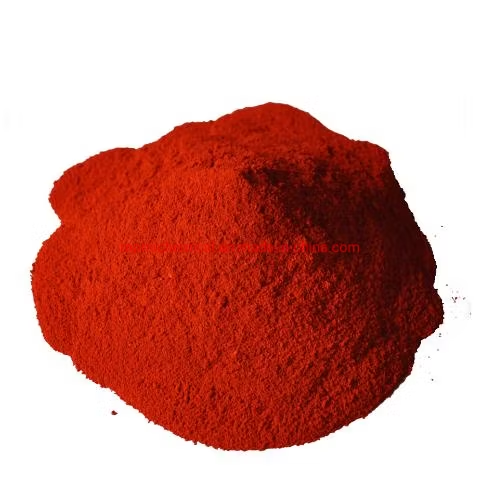
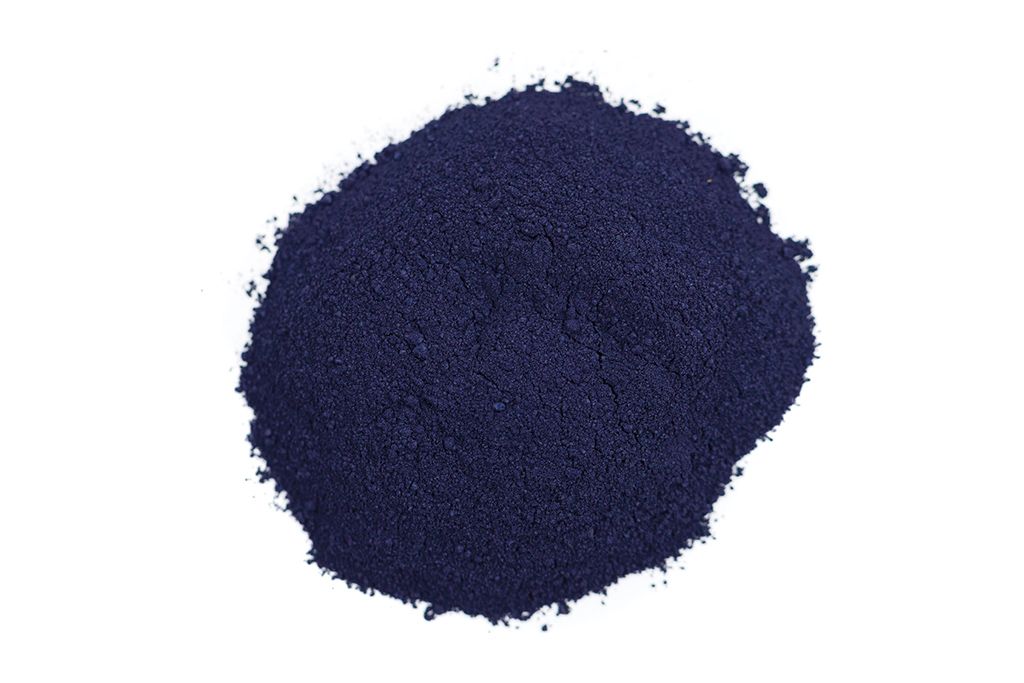
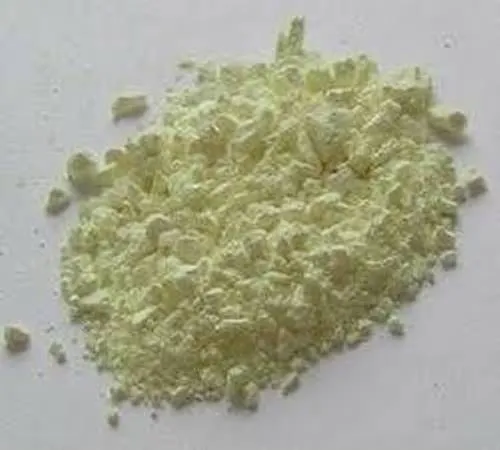
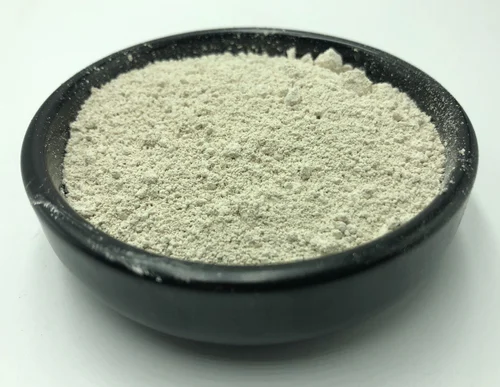
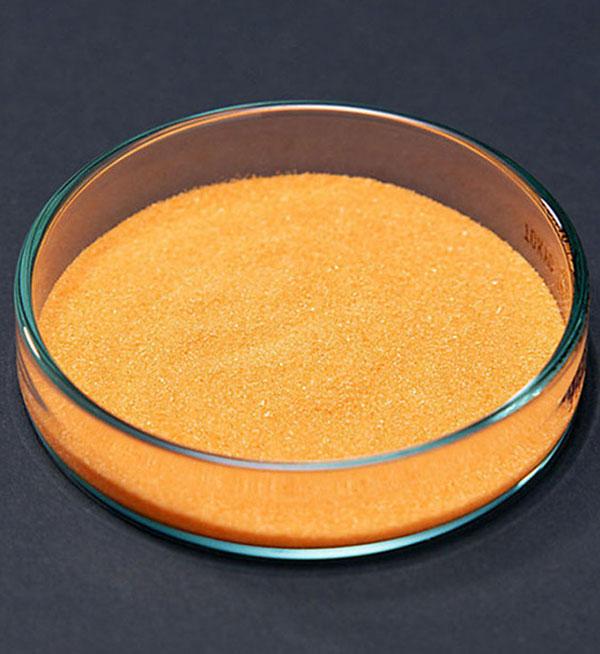
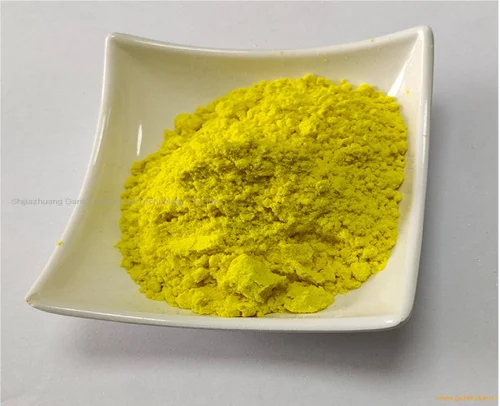
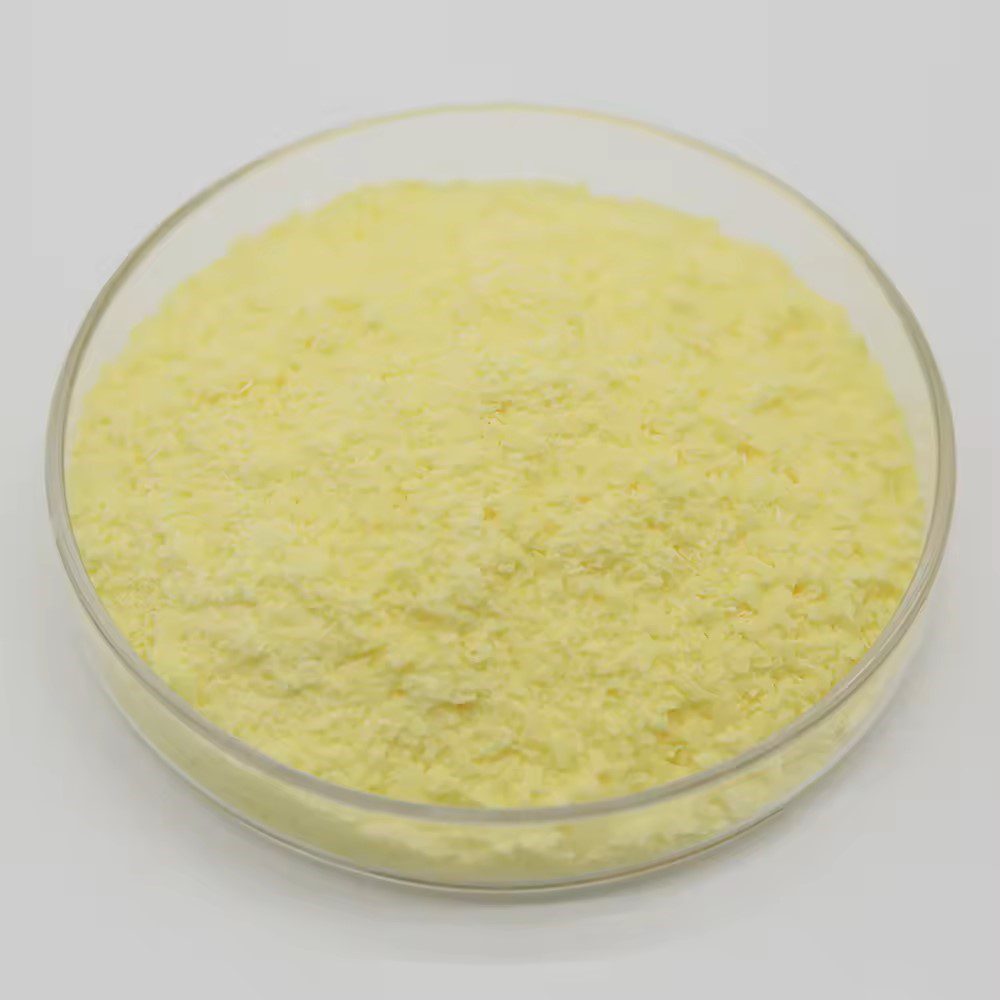




Reviews
There are no reviews yet.